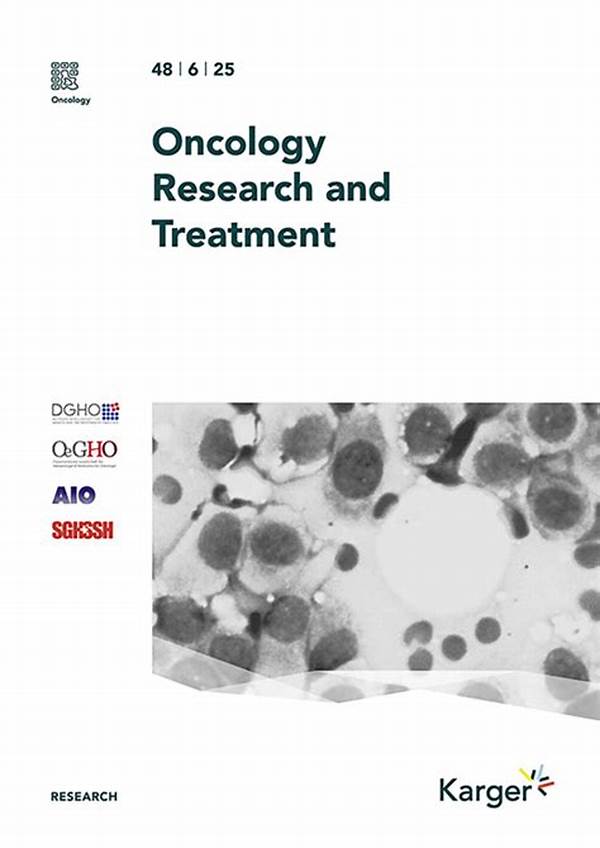Research plays a pivotal role in advancing knowledge and driving innovation across diverse fields. However, the credibility and reliability of research are often contingent upon the transparency of sources cited within scholarly works. Improving research source transparency is crucial for bolstering the integrity of academic endeavors, enabling critical evaluation, and fostering trust among researchers, policymakers, and the general public.
Read Now : Time-saving Referencing Techniques
The Importance of Transparency in Research Sources
Transparency in research sources is not merely an ethical obligation but a fundamental component in ensuring the validity of research findings. By improving research source transparency, researchers can provide clarity about the foundations of their work, permitting peers to verify and build upon previous studies. This verification process is integral to scientific progression and the collective understanding of a field.
Moreover, transparent sourcing allows for a more comprehensive critique of methodologies and conclusions drawn from research. When source materials are accessible and clearly documented, it becomes easier to identify potential biases, conflicts of interest, or methodological errors. Thus, improving research source transparency contributes to a robust academic dialogue, ultimately leading to a more refined and accurate body of knowledge. Additionally, transparent practices foster public confidence in research outputs, crucial for maintaining the societal support that underpins scientific inquiry and the allocation of resources towards research initiatives.
Strategies for Enhancing Source Transparency
Implementing strategies to improve research source transparency can significantly impact the quality and credibility of academic work.
1. Open Access Publication: Making research and sources available in open-access formats ensures greater visibility and accessibility.
2. Comprehensive Citation: Detailed and accurate citation practices allow peers to locate and scrutinize original sources effectively.
3. Source Verification: Researchers must engage in diligent cross-verification of sources to confirm credibility and reliability.
4. Use of Technology: Digital tools and databases can streamline the process of verifying and accessing research sources.
5. Transparent Funding Sources: Disclosing funding sources helps identify potential biases and conflicts of interest, further improving research source transparency.
Challenges in Achieving Full Transparency
While the benefits of improving research source transparency are clear, there are challenges inherent in achieving full transparency. First, the proprietary nature of some data sets and research materials can obstruct open accessibility. Researchers often encounter legal and ethical considerations when engaging with proprietary information. Moreover, the balance between transparency and privacy must be carefully managed, particularly when research involves sensitive or personal data. Thus, creating frameworks that enhance transparency while respecting privacy rights is a necessary yet complex task.
Additionally, disparities in access to resources and technology among global research institutions can impede efforts to improve research source transparency. Less resourced institutions may struggle to adopt open-access models or state-of-the-art verification tools, potentially undermining their contributions to the broader academic dialogue. Addressing these disparities is essential to ensure equitable participation in transparent research practices and the global exchange of knowledge.
The Role of Journals in Enhancing Transparency
Academic journals have a pivotal role in improving research source transparency. By enforcing stringent citation standards and requiring comprehensive transparency statements, journals can encourage researchers to adopt transparent practices.
1. Mandating Open Data Availability: Journals can require researchers to make their data publicly accessible where feasible.
Read Now : Efficient Academic Reference Software
2. Peer Review of Sources: Implementing rigorous peer review processes that scrutinize source transparency can enhance the integrity of published research.
3. Promotion of Reproducibility: By stressing methods that facilitate reproducibility, journals contribute to the long-term reliability of research outcomes.
4. Encouragement of Data Sharing Initiatives: Journals can promote initiatives that emphasize sharing data and methodologies.
5. Use of Clear Guidelines: Providing clear guidelines for authors on best practices for citation and source transparency.
Collaborative Efforts to Foster Transparency
Collaborative efforts among researchers, institutions, funding bodies, and journals are vital in the pursuit of improving research source transparency. Mutual acknowledgement of the significance of transparency will drive collective action towards establishing norms and practices that enhance the credibility of research. In particular, partnerships that facilitate access to large datasets and advanced verification tools can revolutionize transparency practices across various disciplines.
Furthermore, education and training programs focused on transparent research methodologies can empower emerging researchers to integrate source transparency into the core of their work. By embedding these values early in academic and professional training, future generations of researchers will be more adept at adhering to transparency standards, ensuring the perpetuation of trustworthy scientific inquiry.
Technological Innovations for Transparency
Technological advancements offer promising avenues for enhancing source transparency in research. Platforms that facilitate open-source sharing and collaborative research can bridge gaps in availability and accessibility. Additionally, automated tools for citation tracking and verification can reduce the time and effort involved in ensuring transparent citations.
These technologies not only simplify the process of improving research source transparency but also democratize access to knowledge, enabling researchers from diverse backgrounds to contribute meaningfully to the academic landscape. Ensuring that these technologies are both accessible and widely implemented is a step toward achieving a more transparent and inclusive research environment.
Conclusion
In summary, improving research source transparency is essential for fostering trust, facilitating critical analysis, and enhancing the credibility of academic work. Efforts to enhance transparency must address challenges such as proprietary restrictions and resource disparities while leveraging technological advancements and collaborative frameworks. By adopting transparent practices, researchers can contribute to a more robust and trustworthy academic ecosystem, ultimately advancing the frontiers of knowledge for the benefit of all.
